

CarExpert.com.au
The CarExpert team's favourite cars of 2025
3 Days Ago

Founder
We’ve finally had the chance to get up close with the 2021 Hyundai Ioniq 5 full electric vehicle.
While it looks like a concept car, what you see here is the final design of Hyundai’s first ‘proper’ electric vehicle.
The Ioniq 5 sits on a dedicated EV platform called the e-GMP (Electric Global Modular Platform) and is the brand’s first full electric vehicle on a dedicated EV platform. Its other products have all been spun off existing internal combustion platforms.
Measuring up at 4625mm long with a 3000mm wheelbase, the Hyundai Ioniq 5 is a similar size to the Hyundai Tucson SUV, and will go head-to-head with the Nissan Ariya and Tesla Model Y when they arrive in Australia.
Despite being similar in size to the Tucson, the 3000mm wheelbase is 100mm longer than the big Hyundai Palisade SUV, which means interior space is plentiful.

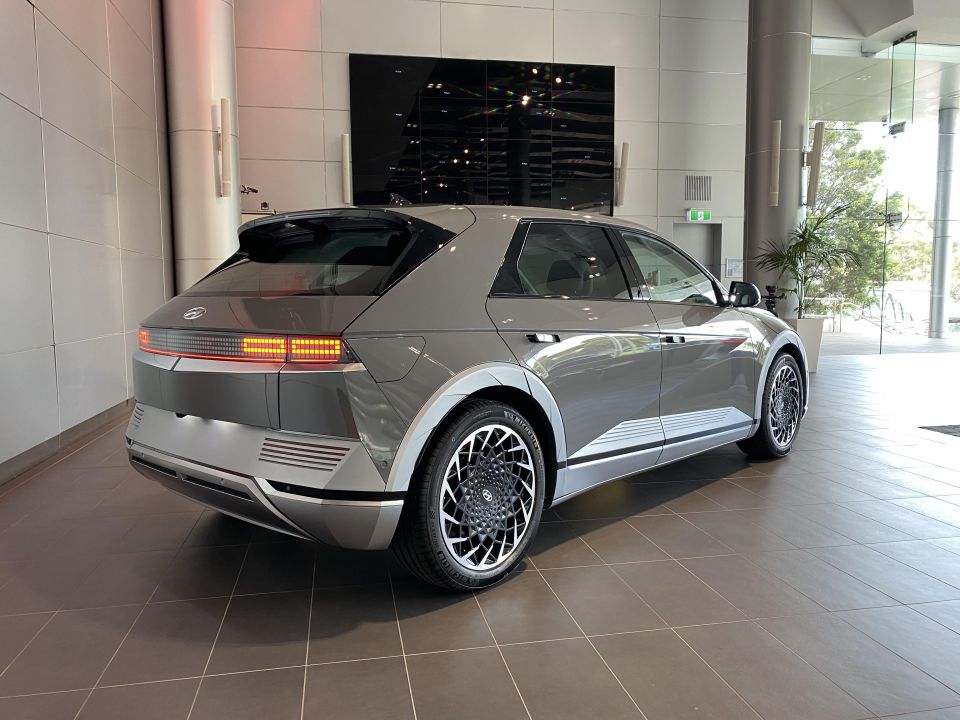
Although it looks quite compact from some angles, boot space is 531L with the rear seats in place and a whopping 1600L with them folded flat. There’s also 57L under the bonnet for two-wheel drive models and around 30L for all-wheel drive models.
Speaking of which, the Ioniq 5 will be available in both rear-wheel drive and all-wheel drive, along with two battery range options.
The standard range model with its 58kWh battery pack is available with a single electric motor has 125kW of power and 350Nm of torque, good for an 8.5-second run to 100km/h.


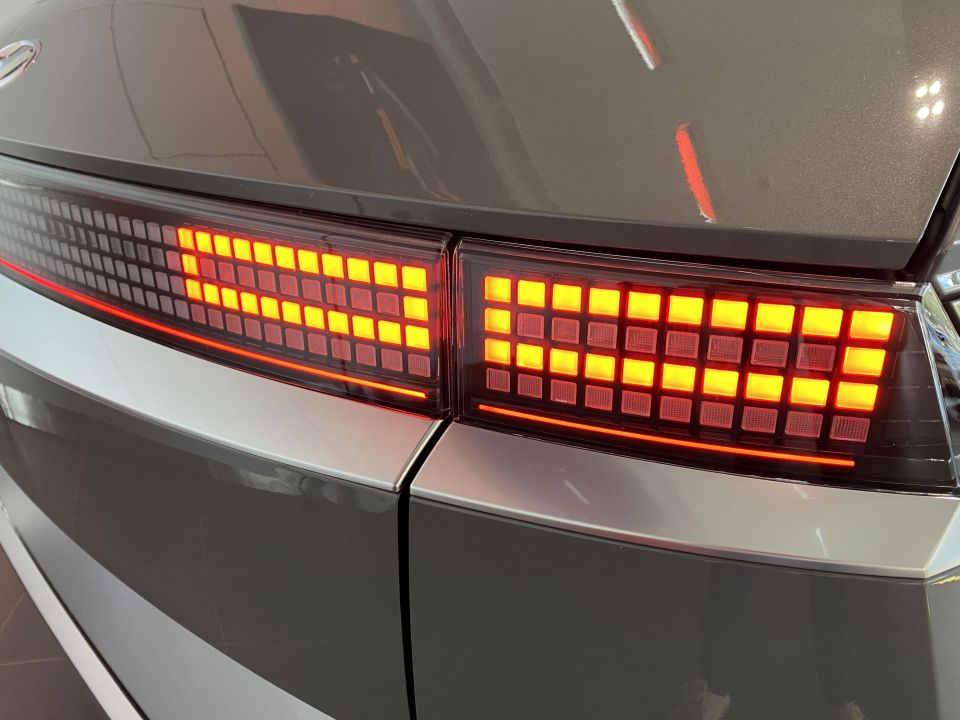
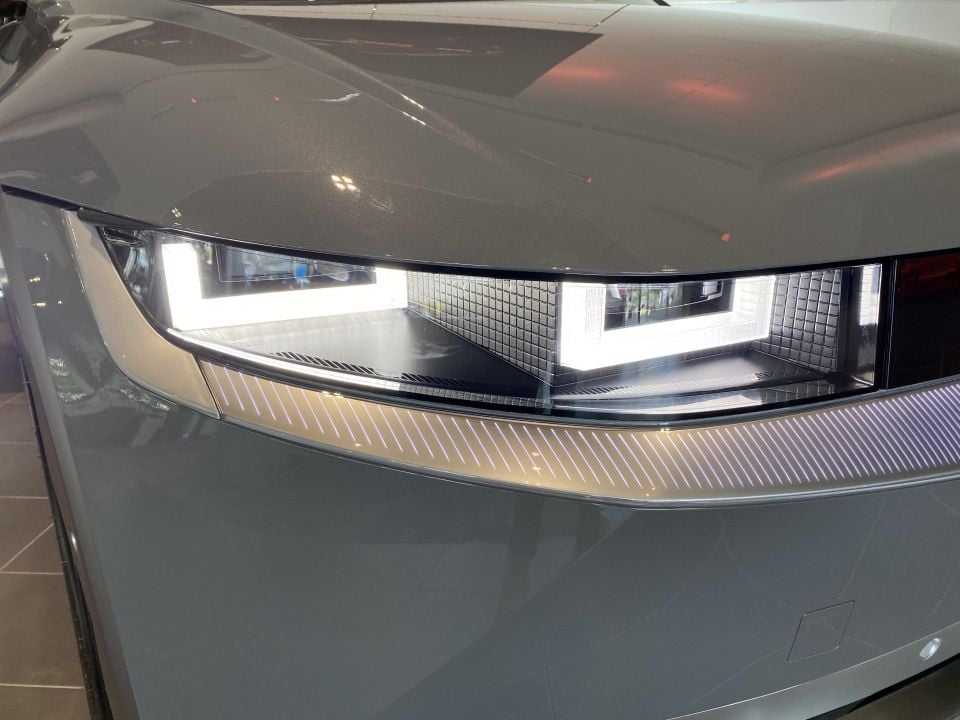
The dual-motor all-wheel drive model ups those outputs to 173kW and 605Nm, and drops the 100km/h sprint to an i30 N-rivalling 6.1 seconds.
Opting for the longer-range 72.6kWh model gets you 160kW and 350Nm in two-wheel drive models, and a serious 225kW and 605Nm from the dual-motor setup.
The 100km/h sprint in the most powerful model is dispatched in 5.1 seconds.
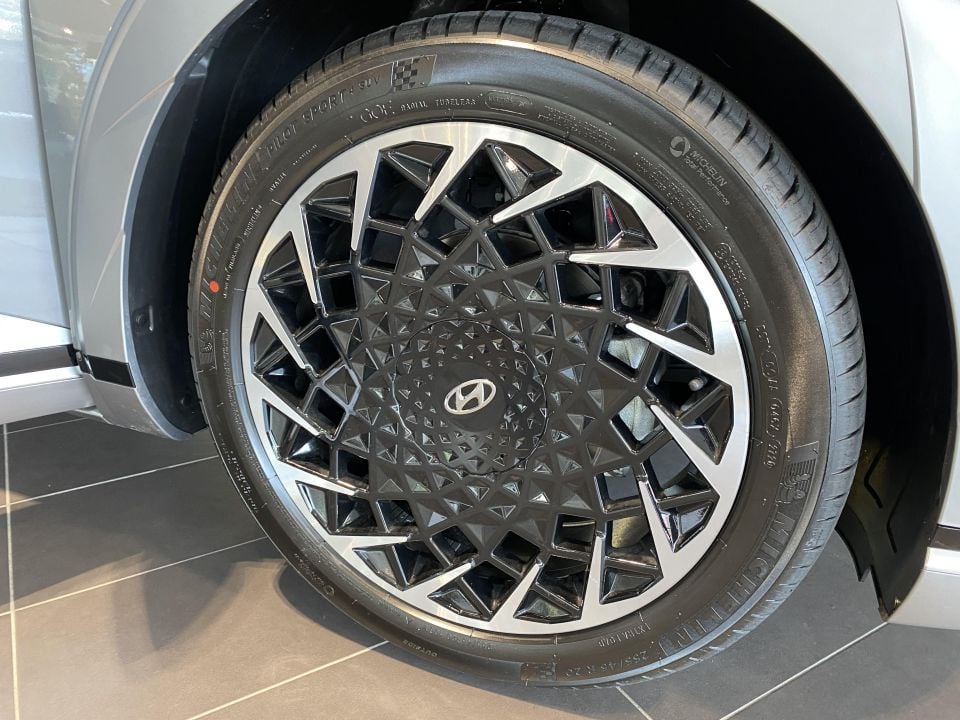
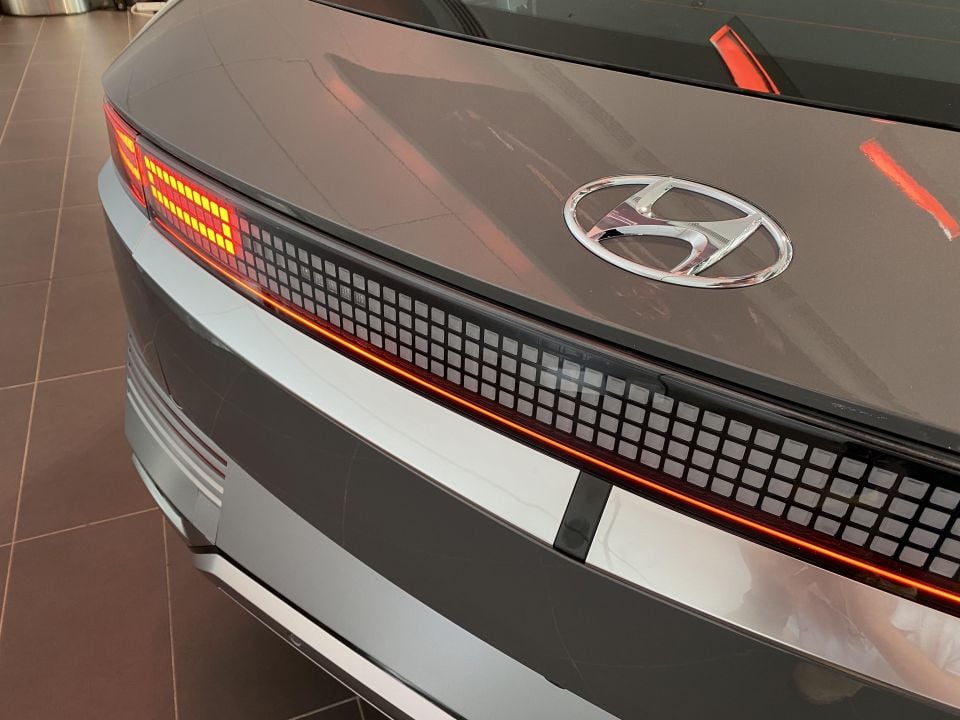
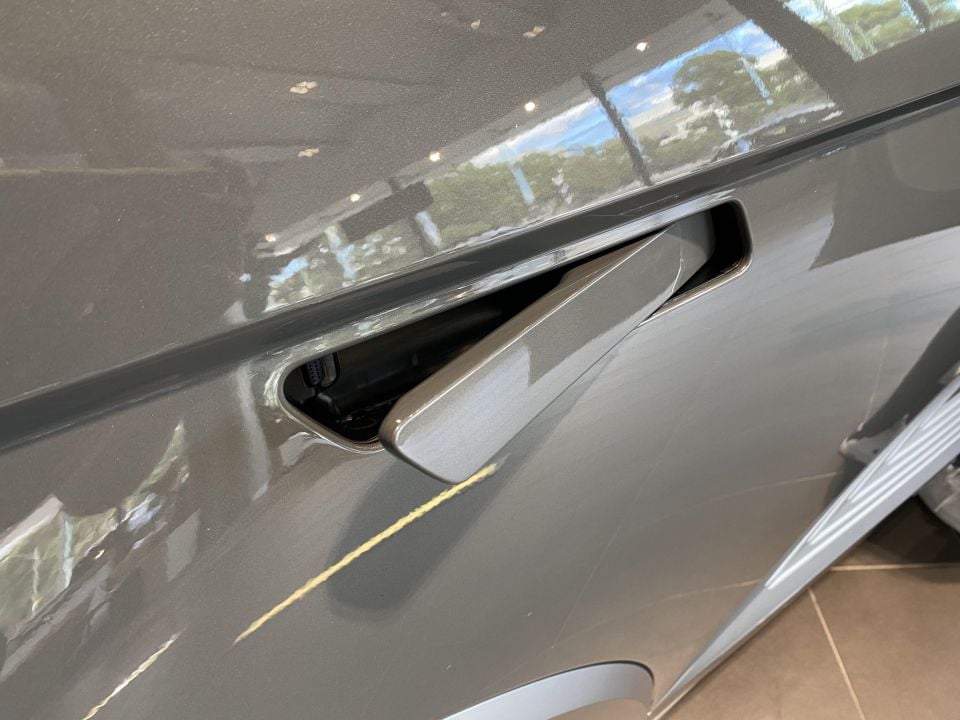
Maximum range (in the long-range, single-motor model) is 480km on the WLTP test cycle.
The Hyundai Ioniq 5 is equipped with single- and three-phase AC charging, along with both 400V and 800V DC charging. The latter which comes from a world first patented inverter technology.
AC charging can occur at up to three-phase and 11kW, while DC charging can occur at up to 800V and around 250kW without the need for additional hardware.
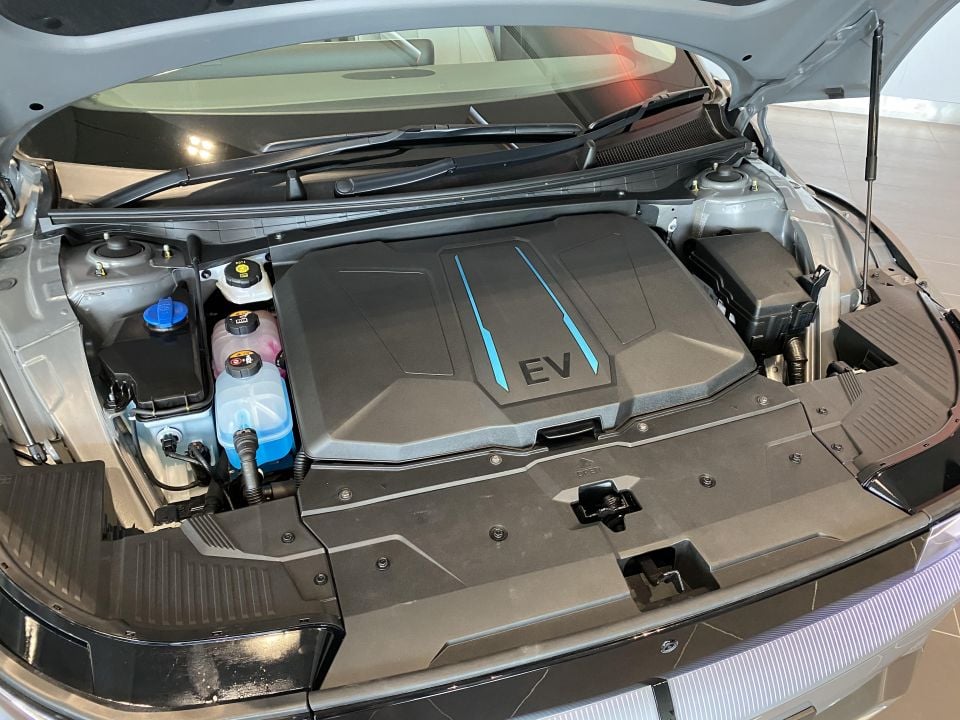
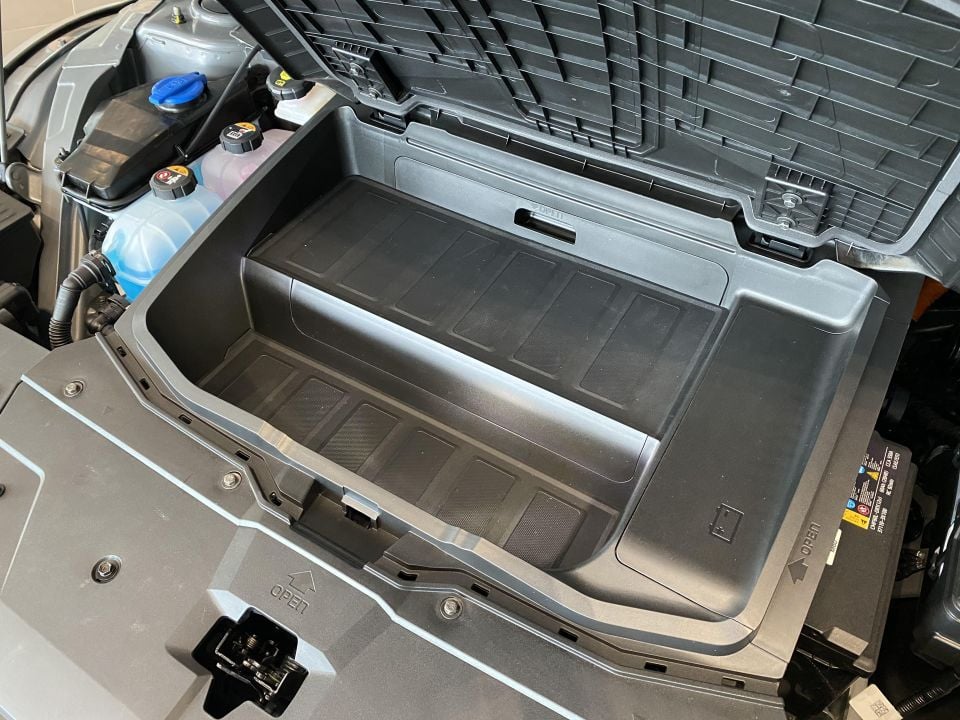

In addition to accepting charge from a variety of power sources via a Type 2 AC plug and a Type 2 CCS combo plug, the Hyundai Ioniq 5 can also output almost 4kW of power through its charge port via an adaptor or via an outlet under the second row. To put this into context, the powerpoint in the second row of a Ford Ranger can typically output around 150W, in comparison to the Ioniq 5’s circa 4000W.
150W is enough to run something like a laptop charger whereas a capacity of 4000W could comfortably run a large home split-system air conditioner or potentially charge another electric vehicle.
Hyundai has gone for a lounge vibe inside the Ioniq 5’s cabin.
Many of the interior touch points are made of recycled materials – including the seats, door trim, headliner, and armrest – in keeping with the car’s eco-friendly billing.
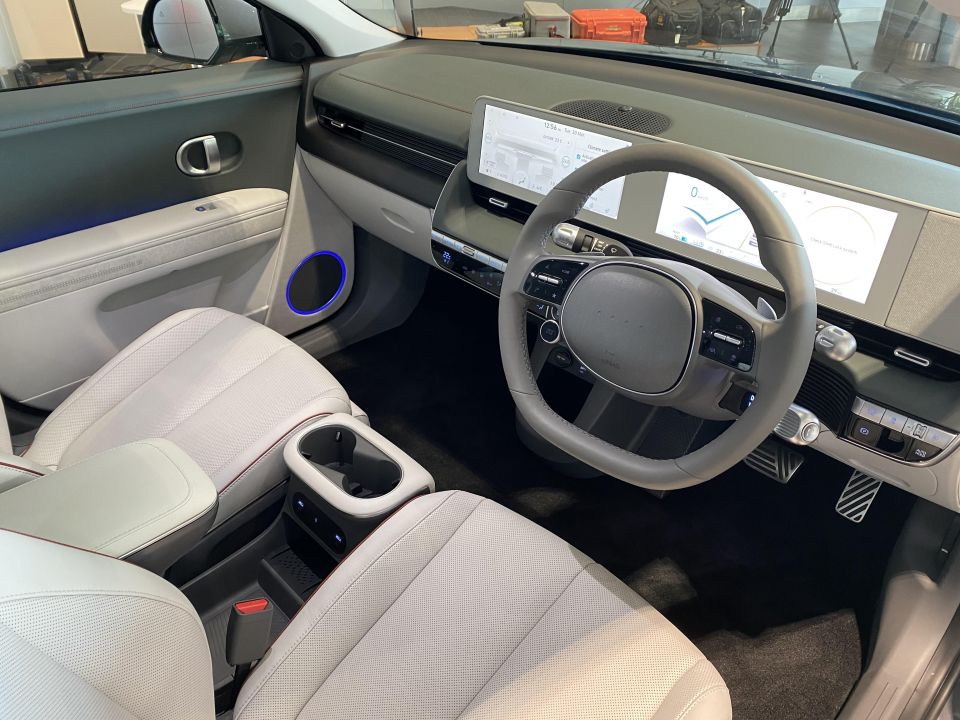
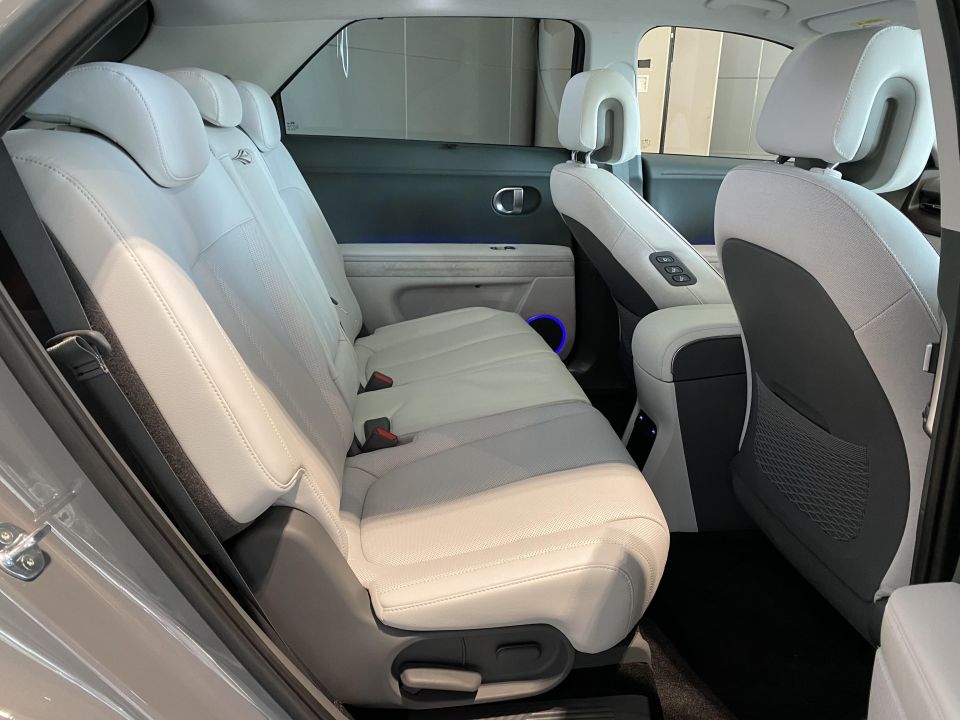
The floating centre console you see is actually movable, meaning it can be slid under the dashboard to create a walk-through cabin.
The dashboard is dominated by two Mercedes-style screens, both measuring 12 inches in diameter. There are no chunky hoods or shields for them, either.
Wireless phone charging and USB points in the first and second rows are commonplace, as is wired Apple CarPlay and Android Auto.
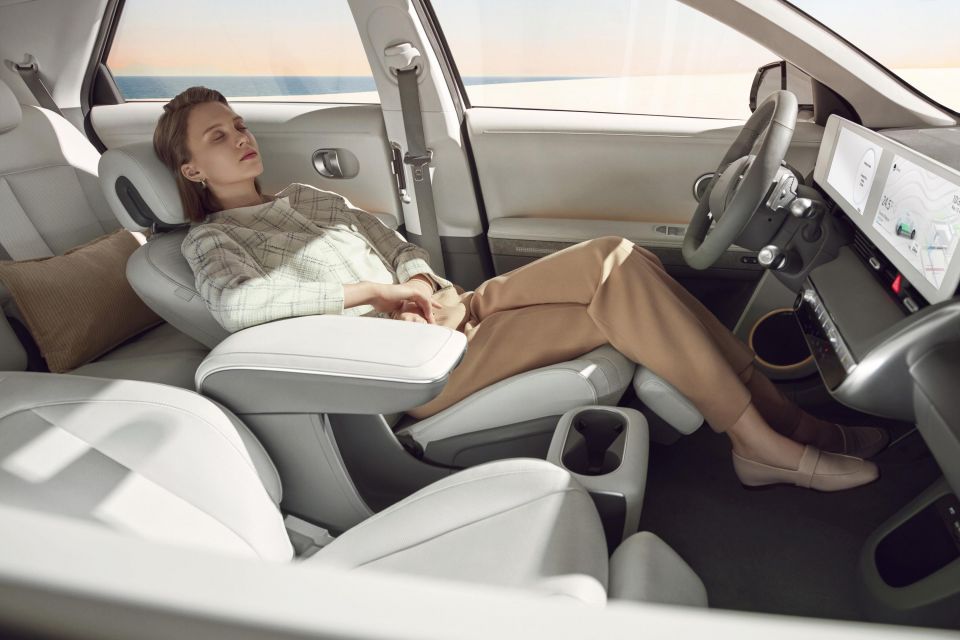
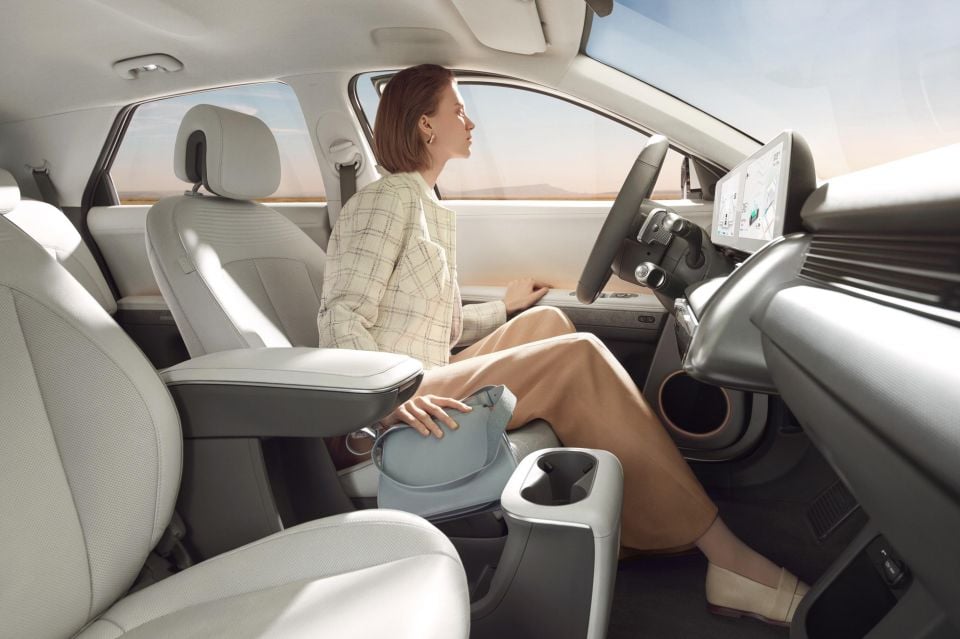

Both the driver and front passenger seats are capable of almost fully reclining to a layback position for extended charging, which is a unique feature to the segment.
While a panoramic glass roof is standard, a solar panel roof can be optioned. While it’s not enough to make any great difference to charge state for the vehicle’s power battery, it’s enough to keep the internal 12V battery charged.
We’re excited by the 2021 Hyundai Ioniq 5. It’s a sensational looking car in person and is also much bigger than it looks in person.
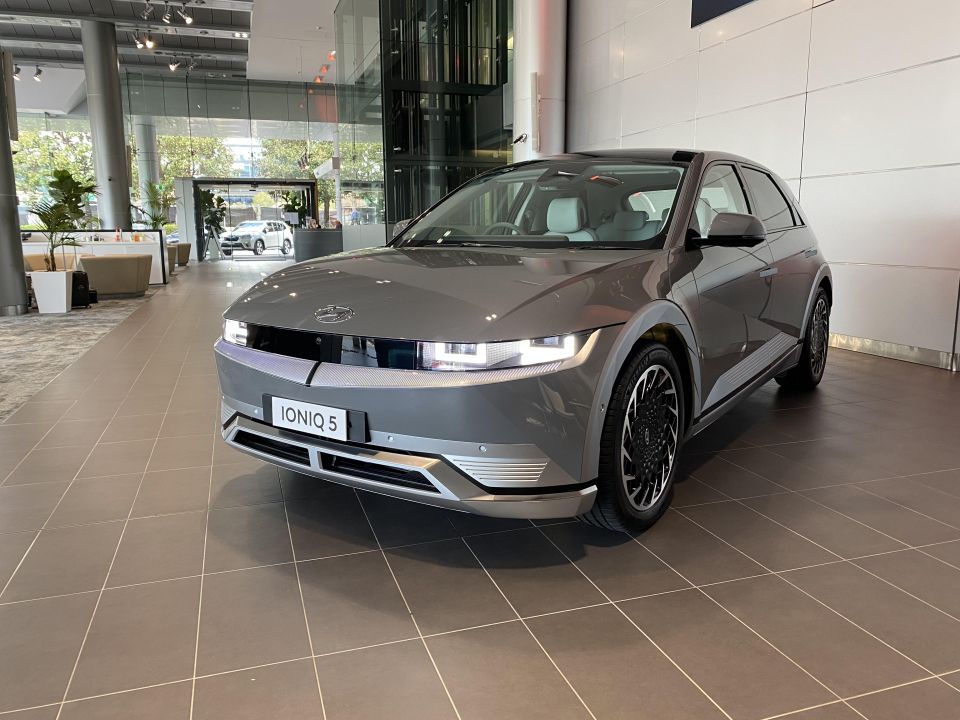
We’re looking forward to being able to get behind the wheel to sample its performance. If priced correctly, it has a real chance to dethrone some of the established players in this segment.
The Ioniq 5 will be joined by the Ioniq 6 and the Ioniq 7 in due course. The 6 is a large sedan, while the 7 will be a large SUV. The Ioniq range was also recently joined by Kia’s version of the Ioniq 5, a sporty EV called the Kia EV6.
The Hyundai Ioniq 5 is expected to go on sale in Australia by Q3 2021 and the Kia EV6 by Q4 2021.
Where expert car reviews meet expert car buying – CarExpert gives you trusted advice, personalised service and real savings on your next new car.
Paul Maric is a CarExpert co-founder and YouTube host, combining engineering expertise with two decades in automotive journalism.


CarExpert.com.au
3 Days Ago


Damion Smy
4 Days Ago


Damion Smy
4 Days Ago


Josh Nevett
4 Days Ago


Max Davies
4 Days Ago


Ben Zachariah
5 Days Ago